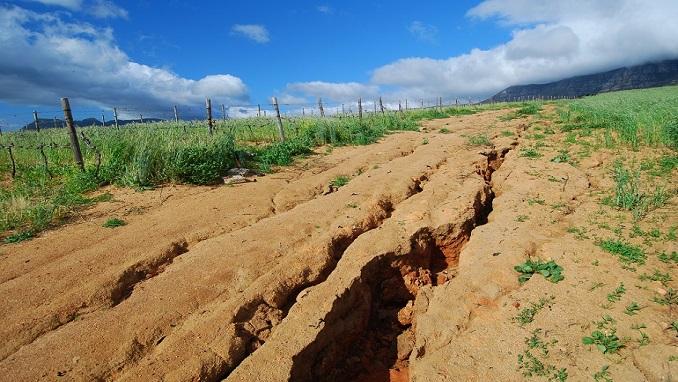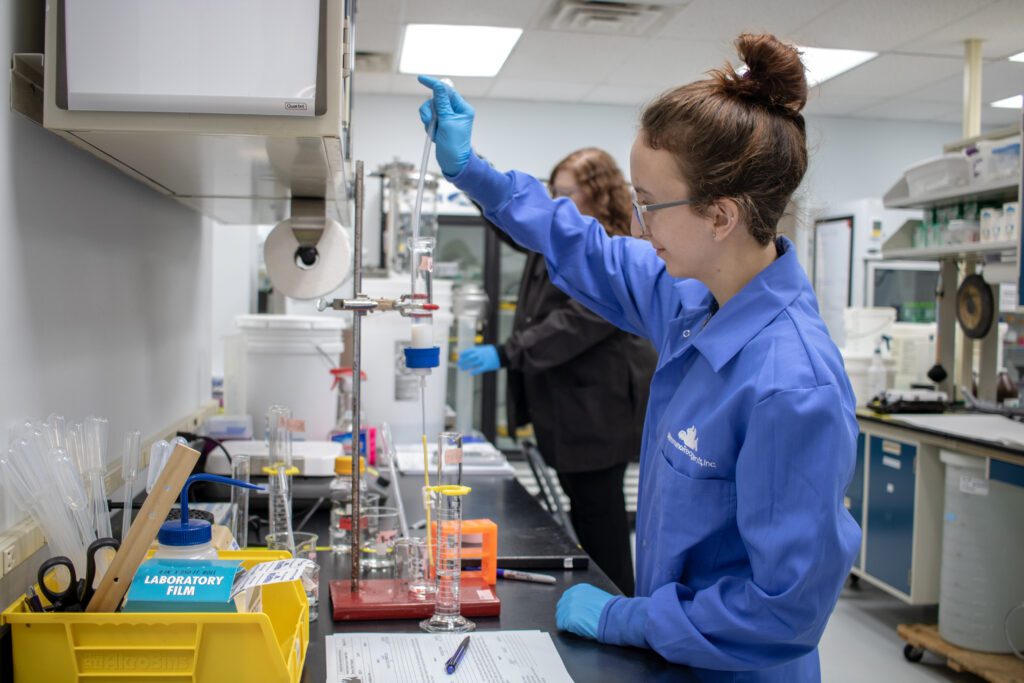A full 90 percent of the Earth’s precious topsoil is likely to be at risk by 2050, the United Nations Food and Agriculture Organization (FAO) warned last week in its bid to protect soil globally and help farmers.
“Did you know that the equivalent of one soccer pitch of soil erodes every five seconds? Yet it takes 1,000 years to produce just a few centimeters of topsoil,” FAO’s warning says.
The UN agency is now calling for more action by the signatories of its Global Soil Partnership (GSP) – countries and over 500 partners who’ve signed up to it over the last decade – which has been working “to address soil-related issues, positioning soil on the Global Agenda” and creating a network of partners “to promote sustainable soil management and soil governance globally.”
How to protect topsoil
FAO has called for five key actions to protect topsoil:
- working with countries to recarbonize soils
- mapping global soils
- building capacity and educating on soils
- raising global awareness and engaging youth, and
- shaping government policies and triggering action.
These actions “represent a key existing strategy within the United Nations system, for stemming soil degradation, in support of sustainable farming worldwide,” as the UN noted.
The GSP contributes guidance to national governments by producing documents like the Revised World Soil Charter, the Voluntary Guidelines for Sustainable Soil, and the International Code of Conduct for the Sustainable Use and Management of Fertilizers.
Biotech solutions for soil erosion
Biotechnology can play a key role in soil protection and revitalization. Biotech can help combat soil salinization, which degrades soils and lowers their capacity to help grow food.
As we previously wrote, the Salk Institute of Biological Studies is studying how gene editing can boost the health of the soil by “developing plants with bigger, deeper roots, which will stay in the ground after the crop is harvested and break down slowly afterward.”
By promoting no-till agriculture, which helps keep soil in place and reduces soil erosion and water runoff, “GMOs and gene editing can help prevent the erosion” that drives salinization and “make crops resistant to disease and pests,” thereby reducing the need for pesticides.




